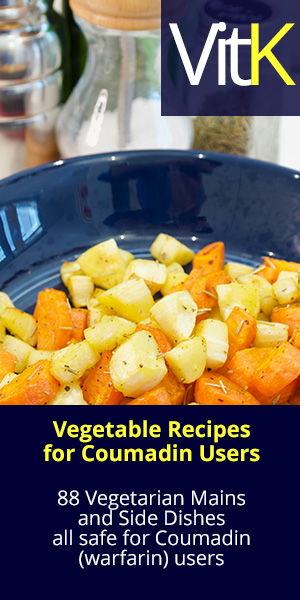
Are all fats bad for you?
There's good reason to be confused about just what to eat and what not to eat. So many "diet" books focus only on the macronutrients: fats, carbohydrates and protein and over the last four decades there have been dozens of competing theories.
The thing is they are just theories and the proof that a low fat diet is good for you has been soundly debunked.
The low-fat wave, while well intentioned, wasn't correct. The message ended up being that all fats were bad. Even though researchers told us to not eat fat, it became clear pretty quickly that they had made a mistake. At the time it was known that eating foods high in saturated fat was a health issue, but we've come to know that other fats, such as trans fats, are more of a problem. Unfortunately the message in people's minds remained: "All fat is bad."
Some of the problem arises from the fact that it seems easier for folks to cope with only one of the macronutrients. Low-fat, low-carb, high protein, high fat - it seems so simple: "I'll just eat less and be fine." Eating healthy is about eating great food and not eliminating any single group of ingredients just because they contain fats (or carbs or protein).
So, just what are these fats we're talking about?
Fatty acids come in a number of forms. One of their main roles is to provide storage fuel for the body, but they also are involved in absorption of some vitamins, helping to control inflammation and also in blood clotting. There are some fats that our bodies can produce on their own. Others that we have to consume are known as Essential Fatty Acids (EFAs).
The fatty acid molecule is made up of chains of carbon atoms. Each carbon atom in the chain has either 1 or 2 hydrogen atoms attached to it. When there are two hydrogen atoms attached to every carbon atom in the string, the fat is referred to as "saturated."
That saturation is the important thing. We know that the type of saturated is what will have the most effect on your health (both for better and for worse).
It's pretty easy actually. Fat is OK but saturated fats are those that you want to eat less of. Land animal protein is higher in saturated fat.
Although trans-fats are present in many raw ingredients most of them are made through artificial hydrogenation (saturation). You don't want to eat any trans-fats and they are found in shortening, margarine, spreads, bottled salad dressings and mayonnaise.
Fats that are unsaturated (having fewer hydrogen atoms) are better for you and the EFAs are those you want as part of your diet such as Omega-3 fatty acids. Good choices are avocados, nuts, seeds, olive oil and some legumes.
Fats do have more calories per gram than carbohydrates or protein (9 grams for fat and 4 each for fat and carbs). Being careful with the amount of fat you consume can make a big difference in the number of calories you eat - but don't get obsessed with that.
The most important thing about eating healthy is the number of calories and also the quality of the calories you choose. Eating great quality fats means eating great quality calories.
Eating Healthy: the Basics
The How and Why of healthy eating. Everything from why you should eat breakfast to whether red meat or coffee is bad or good for you, all in straightforward terms.



